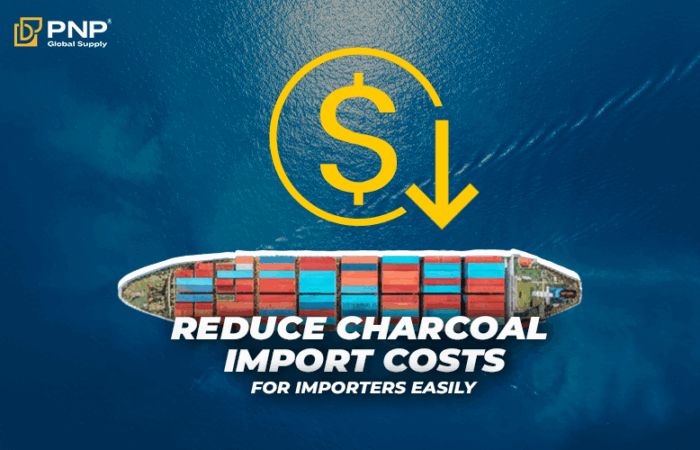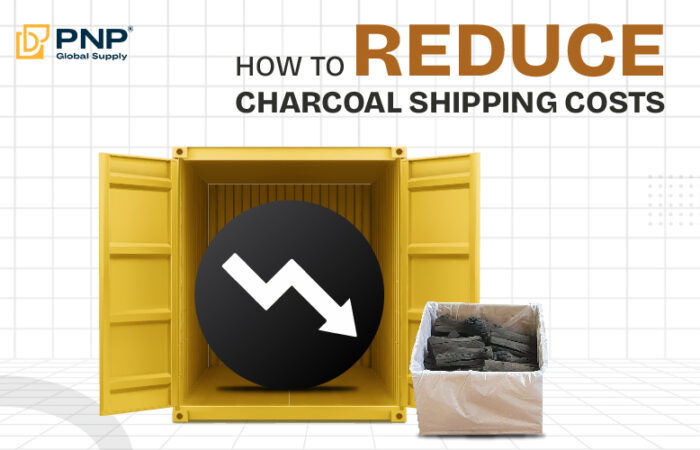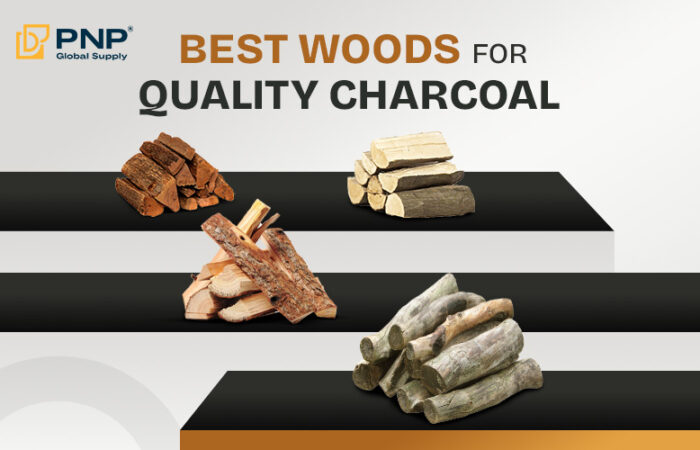Buying charcoal is crucial for enhancing your grilling or cooking experience. Whether you’re hosting a BBQ party, preparing a family meal, or running a restaurant, selecting the best charcoal can significantly impact the flavor, cooking efficiency, and convenience. With so many charcoal types available on the market, it can be overwhelming to know which one to choose. This comprehensive guide will help you understand the various types of charcoal, their unique features, and how to make the best decision when buying charcoal. By the end of this article, you’ll be well-equipped to make informed choices that ensure your grilling or cooking experiences are always perfect.
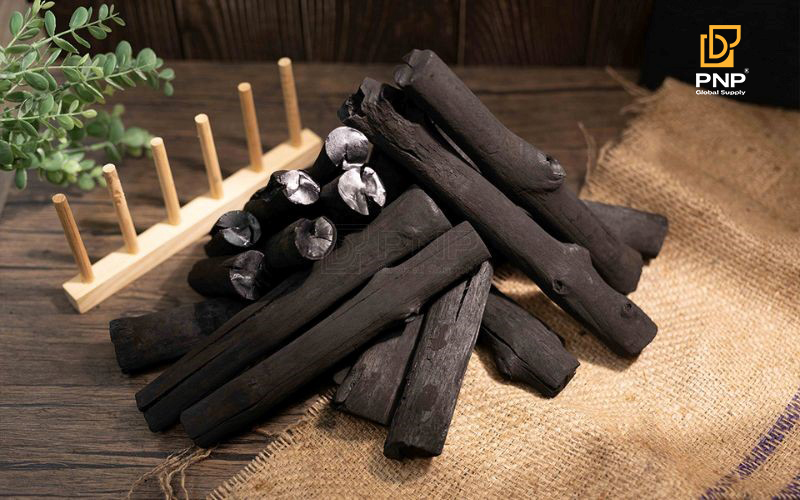
Popular Types of Charcoal for Buying
When buying charcoal, it’s essential to understand the characteristics of different types. Each type has unique features, making it suitable for specific cooking methods. Here are some of the most popular types of charcoal and their benefits:
Mangrove Charcoal
- Features: Mangrove charcoal is known for its long burn time and high heat output. It burns consistently at high temperatures, making it perfect for grilling large cuts of meat.
- Applications: Ideal for BBQ enthusiasts, commercial kitchens, and outdoor grilling, providing a smoky flavor and perfect grill marks.
Coffee Wood Charcoal
- Features: Coffee wood charcoal burns consistently, produces minimal smoke, and emits a light, pleasant aroma.
- Applications: This charcoal is excellent for grilling meat, seafood, and vegetables, enhancing the natural flavors of your dishes without overpowering them with excessive smoke.
Longan Charcoal
- Features: Longan charcoal offers a stable burn with a gentle natural fragrance. It’s known for its moderate heat output and slow burn rate.
- Applications: Best suited for grilling fish and vegetables, particularly in Asian cuisine, where delicate flavors are essential.
Eucalyptus Charcoal
- Features: Eucalyptus charcoal burns steadily and produces minimal smoke, making it eco-friendly and a preferred choice for many.
- Applications: Suitable for both indoor and outdoor cooking, including grilling, smoking, and even pizza ovens.
Kaya Charcoal
- Features: Kaya charcoal provides consistent heat with excellent durability, offering reliable performance across various cooking methods.
- Applications: This charcoal is versatile for grilling, smoking, or roasting, ideal for both casual and professional cooks.
Sawdust Charcoal Briquettes
- Features: Lightweight, easy to ignite, and environmentally friendly, sawdust charcoal briquettes burn more evenly and with less ash.
- Applications: Ideal for everyday grilling, smaller gatherings, or if you want an eco-friendly option without sacrificing heat and flavor.
Eco-Friendly Coconut Charcoal Briquettes
- Features: Made from recycled coconut shells, this charcoal burns cleanly with minimal ash production, providing a longer burn time.
- Applications: Coconut charcoal is perfect for grilling, smoking, making it a versatile and eco-conscious choice.
White Charcoal (Binchotan)
- Features: Known for its long-lasting burn and high heat output, white charcoal (Binchotan) is revered for its superior efficiency and premium grilling capabilities.
- Applications: Often used in Japanese BBQs, white charcoal is perfect for high-end grilling and delivers exceptional results, especially for delicate foods like fish and vegetables.
Discover more interesting characteristics of charcoal through pnpcharcoal
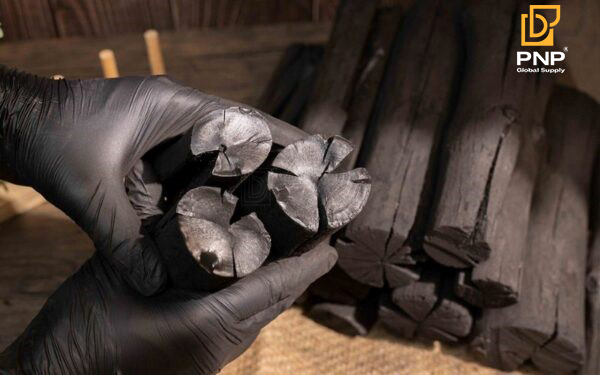
Criteria for Buying the Best Charcoal
When buying charcoal, it’s crucial to assess several key factors to ensure you’re selecting the best charcoal for your needs. These include the material, burn time, and eco-friendliness of the product.
- Source and Material
The quality of charcoal starts with its source. Charcoal made from natural, untreated hardwoods, such as mangrove or longan wood, is typically the best choice. Be sure to avoid charcoal with additives or fillers, as these can release harmful chemicals and alter the flavor of your food.
To identify charcoal that contains additives or fillers, you can rely on the following factors:
- Ingredients listed on the packaging: Charcoal with additives is often clearly labeled in the product description. If the packaging does not specify 100% natural charcoal, it’s likely to contain additives or fillers.
- Smell when burning: Charcoal with additives often produces a chemical odor, especially when first ignited. Natural charcoal, on the other hand, has a mild smoky scent characteristic of wood.
- Ash residue after burning: Charcoal with fillers tends to produce more ash, and the ash may appear light gray or white. Natural charcoal creates less ash, which is usually darker in color and closer to the appearance of burnt wood.
- Smoke and Aroma
The best charcoal produces minimal smoke and has a subtle, neutral aroma. Excessive smoke can affect the taste of your food and create an unpleasant cooking environment. Charcoal with a clean burn and pleasant aroma can enhance the dining experience significantly.
- Heat and Burn Time
Good-quality charcoal should burn consistently at a high temperature and last long enough to complete your cooking without needing to refuel. When buying charcoal, look for products that balance a high heat output with a long burn time to avoid interruptions during cooking.
- Sustainability and Eco-Friendliness
Eco-consciousness is increasingly important when buying charcoal. Charcoal made from renewable resources like coconut shells, sawdust is a great choice for environmentally-conscious consumers. Not only does it contribute to conservation, but it also tends to burn cleaner with less ash.
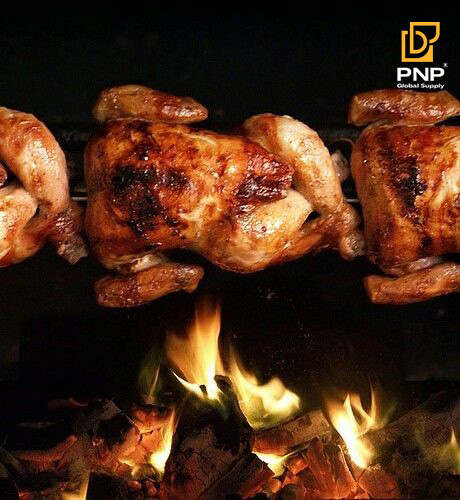
Choosing Charcoal for Buying Based on Usage Needs
Different cooking methods require different types of charcoal. Here’s how to select the best charcoal based on your specific needs:
- Outdoor BBQ
For outdoor grilling, you’ll need charcoal that produces intense heat and burns steadily. Mangrove or coconut charcoal is an excellent choice for grilling meats and vegetables thoroughly, ensuring that you achieve those signature grill marks and smoky flavor. These types are also durable and provide consistent high heat over a longer period.
- Indoor Cooking
When cooking indoors, it’s essential to choose charcoal that produces minimal smoke and ash. Sawdust charcoal briquettes or eco-friendly coconut charcoal are perfect for indoor use, as they burn cleanly and require less maintenance during cooking.
- Restaurants and BBQ Joints
For larger-scale operations like restaurants or BBQ joints, consistency and bulk availability are key. White charcoal (Binchotan) or high-quality mangrove charcoal provides long burn times and consistent heat output, ensuring that chefs and pitmasters can serve high-quality dishes without interruption.
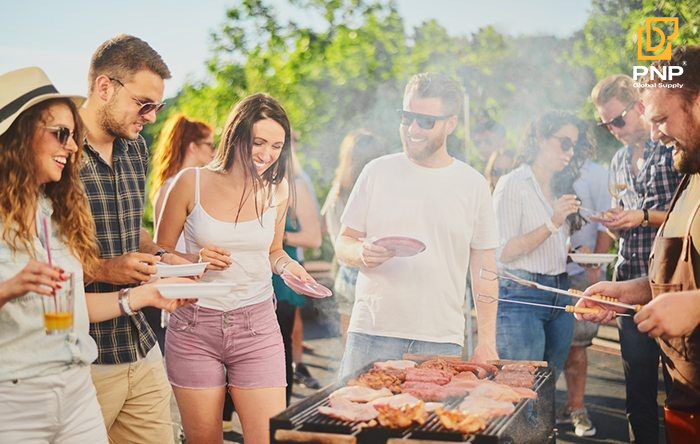
How to Choose a Reliable Charcoal Supplier for Buying
When buying charcoal, selecting a trusted supplier is critical to ensuring you get high-quality products. Here’s how to find a reliable charcoal supplier:
- Check Quality Certifications
Look for suppliers that provide certifications such as FSC (Forest Stewardship Council) certification or eco-friendly labels. These certifications indicate that their products are produced sustainably and meet high environmental and manufacturing standards. To learn more about FSC certification, visit the official website: fsc.certification
- Customer Reviews and Feedback
Reading online reviews and testimonials can provide valuable insight into the reliability and reputation of a supplier. Look for consistent positive feedback, especially about product quality, delivery time, and customer service.
- Return Policies and Shipping Options
Choose suppliers that offer flexible return policies and reliable shipping options. This ensures that you can resolve any issues if the charcoal doesn’t meet your expectations and that your orders will arrive on time.
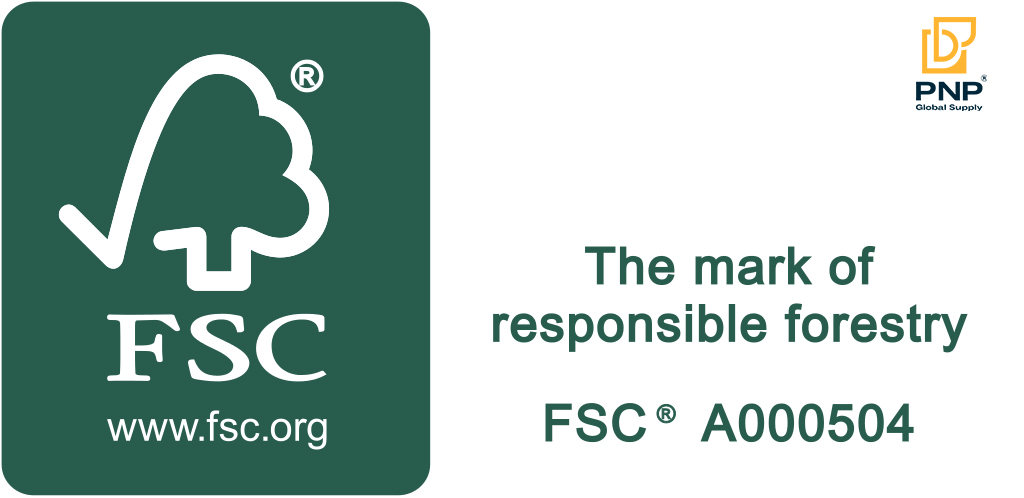
Tips for Storing Charcoal After Buying
Proper storage of charcoal is essential for maintaining its quality and ensuring optimal performance. Follow these tips to store charcoal effectively:
- Storage Conditions
Store charcoal in a dry, well-ventilated area. Moisture can damage charcoal, making it harder to light and causing it to burn inefficiently. Always keep it in a sealed, airtight bag or container if possible.
- Usage Timeline
Once a bag of charcoal is opened, use it within a few months for the best results. If you don’t use the entire bag, reseal it tightly or transfer it to an airtight container to preserve its freshness.
You can learn detailed information on how to store charcoal by visiting the article at this link: Guiding Best Ways Of Charcoal Storage
Practical Tips for Buying and Using Charcoal Optimally
Maximize the effectiveness of your charcoal with these practical tips
- Lighting Charcoal Safely
To light your charcoal without chemical starters, use a chimney starter. This allows for even heating and eliminates the need for lighter fluid, which can affect the taste of your food.
- Arranging Charcoal for Cooking
For direct grilling, spread the charcoal evenly across the grill for uniform heat. For indirect cooking, arrange the charcoal on one side of the grill, creating a heat gradient for slower cooking.
- Reusing Charcoal
You can reuse leftover charcoal after cooling it down. Store it safely by closing the grill vents and allowing the charcoal to cool. Once cooled, the leftover charcoal can often be reignited and used for another cooking session.
Conclusion
Choosing the best charcoal involves understanding your specific needs, evaluating the different types of charcoal, and considering essential factors like burn time, smoke production, and sustainability. Whether you’re grilling at home or running a commercial BBQ operation, buying charcoal from a reliable supplier and selecting the right type ensures that your cooking experiences are more enjoyable and efficient. Always prioritize quality and eco-friendly options to make your grilling or cooking both enjoyable and responsible.
________________________________
Contact us for more information
Facebook: PNP Charcoal
Instagram: PNP Charcoal
Email: info@pnpglobalsupply.com

